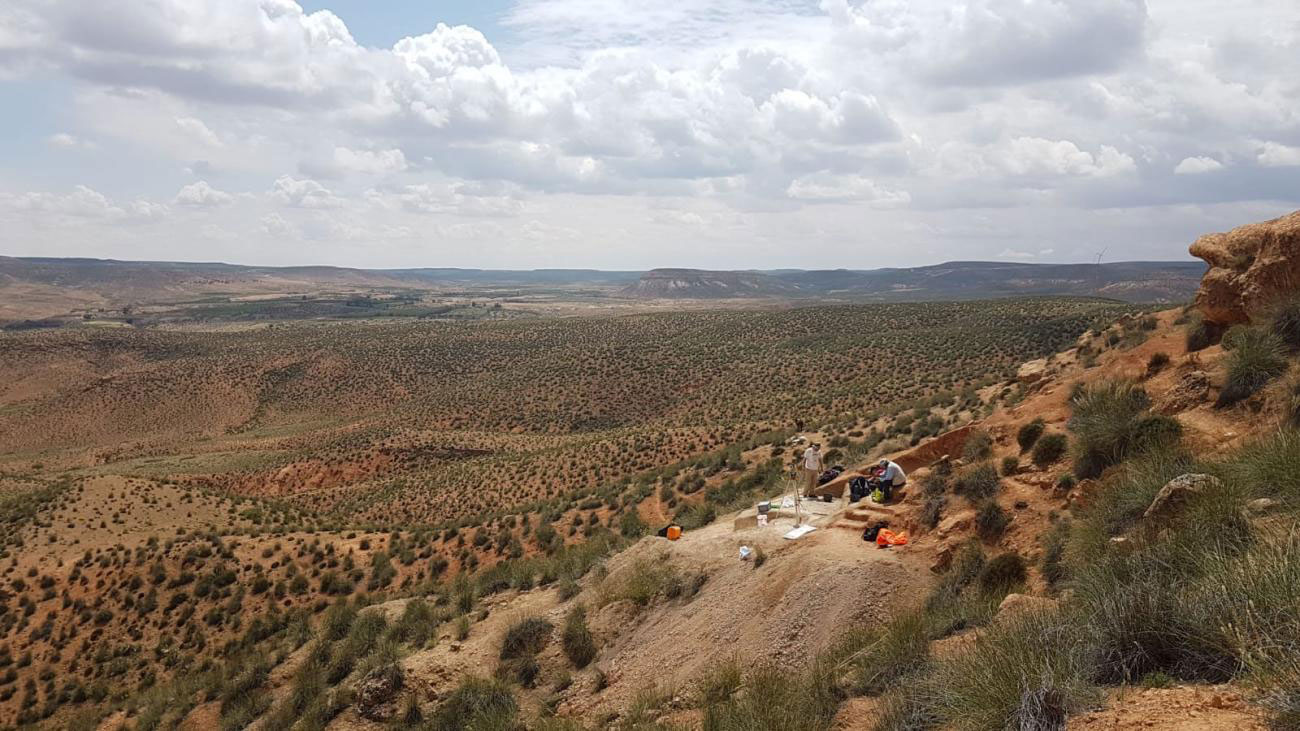
Study Evaluates Northern Africa’s Paleoecology
First, they analyzed the wear on animal teeth and the isotopes in animal bones recovered from the site to reveal what types of food they ate. The study determined that there had been lagoons at the foot of the mountains at Guefaït-4, even though the region was mostly arid. Read the original scholarly article about this research in Nature Communications. To read about the 300,000-year-old bones of early Homo sapiens found in Morocco, go to "Homo sapiens, Earlier Still," one of ARCHAEOLOGY's Top 10 Discoveries of 2017. Model of the Guefaït-4 site in Morocco
Source: The North Africa Journal October 09, 2024 19:25 UTC



